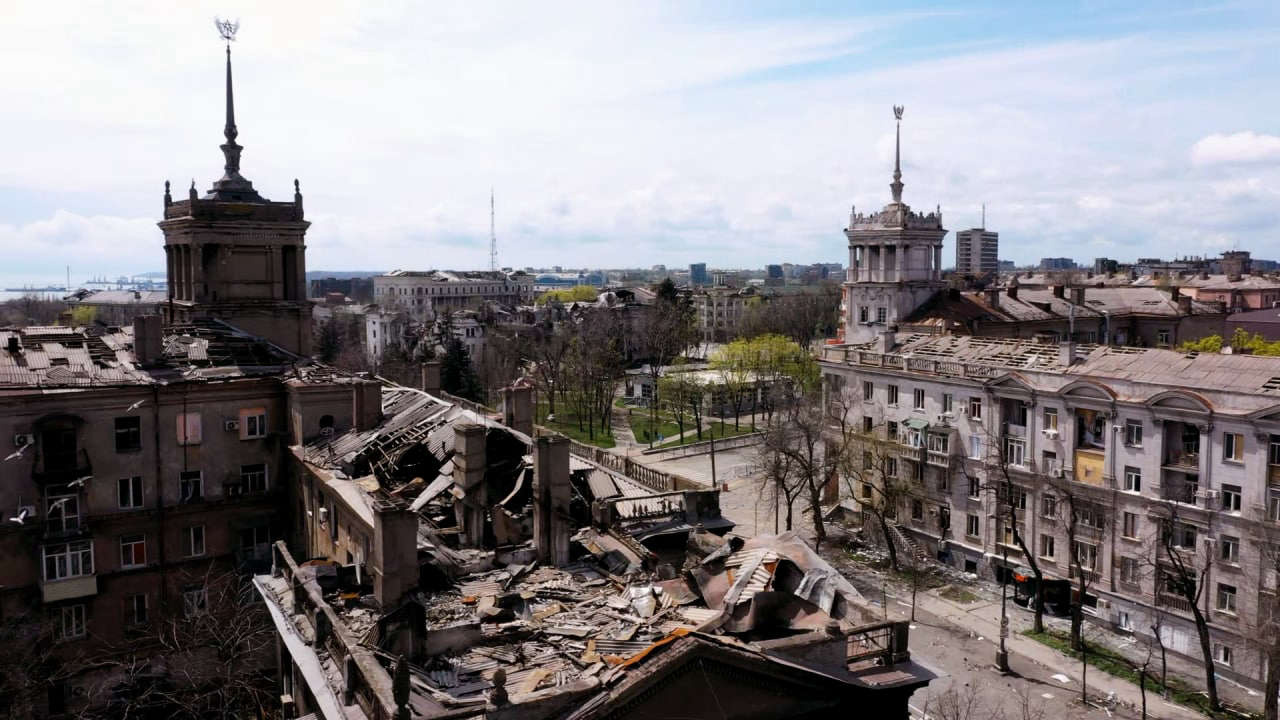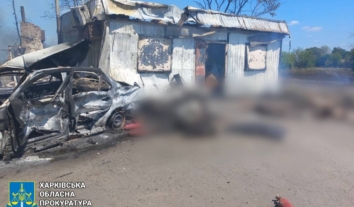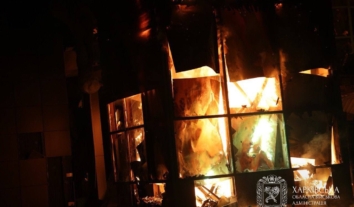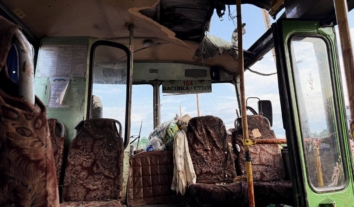Russian aggression damages 1,419 monuments and 2,233 cultural objects in Ukraine
The Ministry of Culture and Strategic Communications continues to document the destruction of monuments and cultural infrastructure in Ukraine caused by Russian aggression. As of March 25, 2025, according to data from regional and Kyiv city military administrations, 1,419 cultural heritage sites have been damaged, as stated on the Ministry’s website.
 Photo: Photograph of the old part of Lviv city
Photo: Photograph of the old part of Lviv cityAmong the damaged buildings, 139 are of national significance, 1,184 are of local significance, and another 96 elements were recently identified.
The most affected sites are located in 18 regions, including:
- Kharkiv region – 329;
- Kherson – 279;
- Donetsk – 169;
- Odesa – 159;
- Kyiv region and Kyiv city – 100;
- Chernihiv – 65;
- Zaporizhzhia – 63;
- Lviv – 61;
- Dnipropetrovsk – 49;
- Mykolaiv – 47;
- Sumy – 37;
- Luhansk – 32;
- Khmelnytskyy – 11;
- Poltava – 6;
- Vinnytsia – 4;
- Zhytomyr – 4;
- Kirovohrad – 3;
- Cherkasy – 1.
In addition, 2,233 cultural infrastructure objects have been damaged, of which 409 have been completely destroyed (18.3%). The greatest losses have been incurred in the Donetsk, Kharkiv, Kherson, Kyiv, Mykolaiv, Zaporizhzhia, and Sumy regions.
Among the damaged objects are:
- Community clubs – 1,085 (48.6% of all damaged cultural institutions);
- Libraries – 792;
- Art schools – 171;
- Museums and galleries – 122;
- Theaters, cinemas, and philharmonic halls – 42;
- Nature reserves – 8;
- Parks and zoos – 9;
- Circuses – 4.
Destruction has been recorded in 305 hromadasі (20.8% of the total number of communities in Ukraine). The greatest losses are in the Donetsk (87% of communities), Sumy (66.7%), Kharkiv (59%), Luhansk (46.2%), Zaporizhzhia (40.3%), Kherson (43%), and Mykolaiv (44.2%) regions.
Due to the temporary occupation of the Luhansk region and significant parts of the Zaporizhzhia, Donetsk, and Kherson regions, it is currently impossible to assess the full scale of the destruction.
At the end of March, Ukrainian President Volodymyr Zelenskyy signed a law on joining the Council of Europe Convention on Offenses relating to Cultural Property. Thus, Ukraine officially acceded to the Nicosia Convention, adding a statement to Article 19 of the document. The statement’s purpose is to recognise the convention as a basis for the extradition of offenders or the provision of mutual legal assistance in criminal cases related to the crimes described in the document.
The Nicosia Convention was opened for signature on May 19, 2017, in Nicosia and entered into force on April 1, 2022. Specifically, Chapter II of the convention defines the offences that participating countries must include in their criminal codes. These include theft and other forms of illegal appropriation of cultural property, illegal excavation and removal, illegal import and export, purchase, sale, and forgery of documents, as well as the destruction or damage of movable and immovable cultural objects.
The Convention requires countries to introduce laws and practical steps at the national and international levels to prevent the illicit trafficking of cultural property and its intentional destruction or damage.







